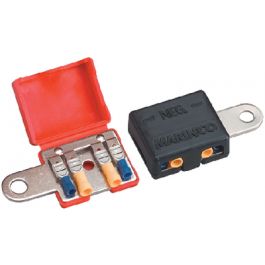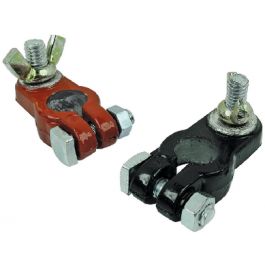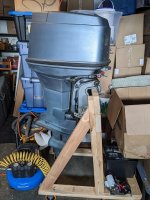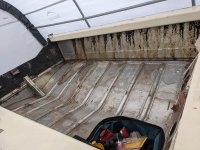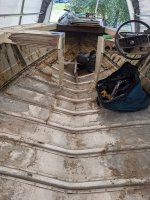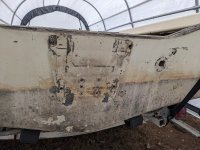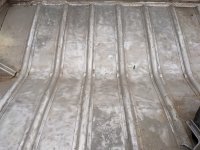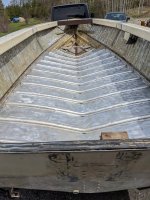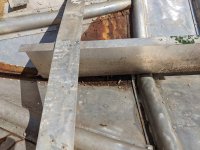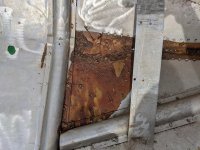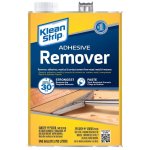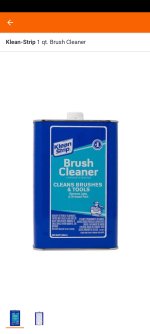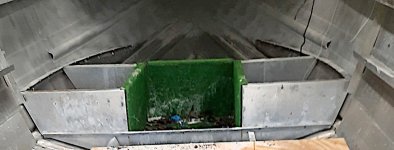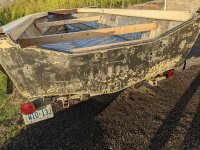I’m late to the party too.
Sorry for the goofy spacing. I copied to notes and added later as it was a work in progress.
And it’s long winded.
My advice as an electrician and contractor.
Don’t ever skimp on wire size.
Smoking cables and over amp draw is not something you want and especially on the water.
IFFFF… all powers that BE forbid…,
Should you actually have a fire,. On the water you have nowhere to go but in the water should the need ever arise and you can’t get control of things.
Bear in mind you could have cold water or if you are in the ocean other problems to deal with. …
So far as those big cables matching?
Yes they need to match, just like on a car and in the house.
And speaking of houses, the smallest wire we pull is #14. It doesn’t matter if the entire circuit is feeding a single LED. OR no load at all.
My point is, don’t try and size things for a small 5 or 10amp load,
If it were me, I would follow the #14 thing, and fuse accordingly.
But I know there are 16 and 18 gauge ran for small loads ran for DC.
AND yes It’s easier to bend and flow the contours of small wires and just easier to work with. I get all that too.
But pinching pennies on smaller wire when you could just run 1 smallest size and not buy 1/2 dozen 25-50 foot rolls.
You could buy 250’ roll of black, red, blue, white or green or any other colors you choose.
Then use the money you saved not buying the little $chit and throw that money on the few bigger sizes that you will need.
Wire in bulk or big rolls is way cheaper in the long run than hand fulls of little packages is the point I was trying to make.
And running 10’ feet and 2 wires at a time can eat wire quickly is another thought.
Back to the big wire question,
You at some point carry a return or sometimes we call it an unbalanced load.
Whatever current or amperage that travels on the Hot wire has to return somewhere…
It doesn’t just disappear or dissipate into thin air like the magic smoke you try and get back into a burned up motor or capacitor.
Wire is way cheaper than a fire or an afterthought or underthought or underthunked.., an install that turns into a repair.
I’m not trying to tell you how to do your project, I’m just pointing out the ins and outs you could be overlooking at saving a dime and the better “maybe” safer way to do something.
1 other thing.
If you run bigger wire and you later add something that requires a bigger cable you are already good to go and no additional circuitry to add or upgrade.
Hopefully I was able to help.
Good luck






















